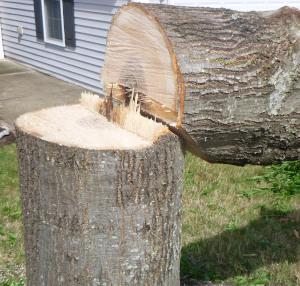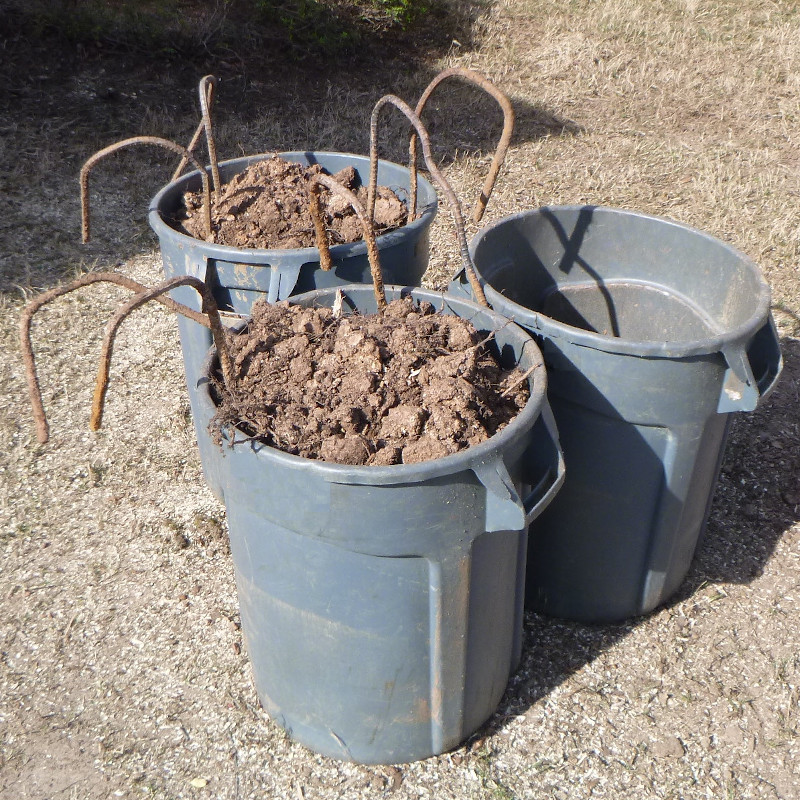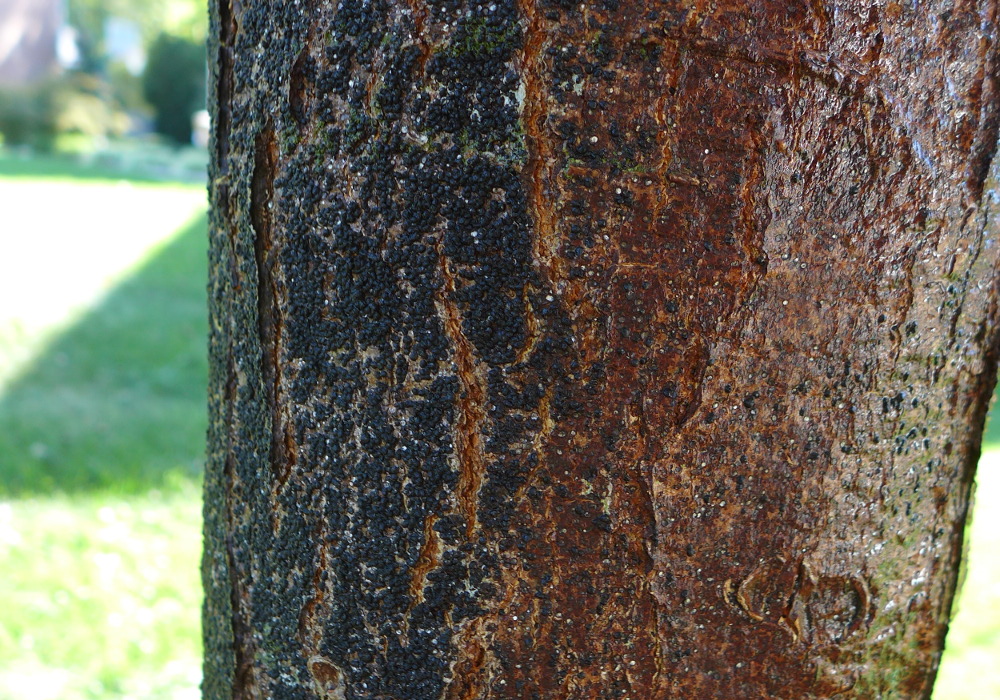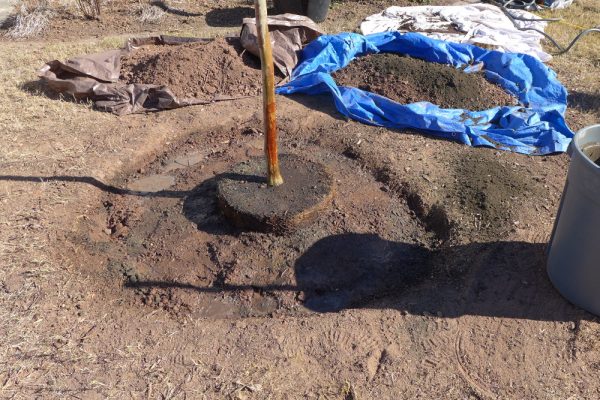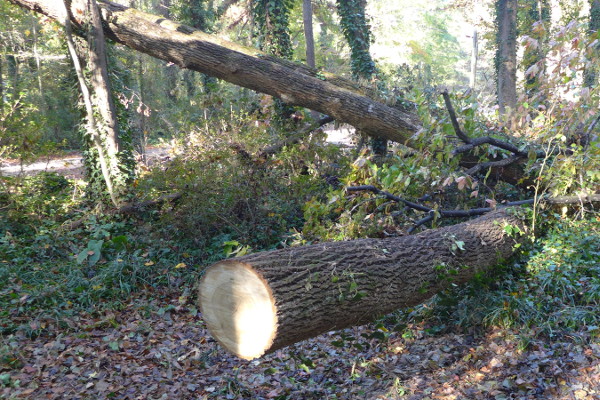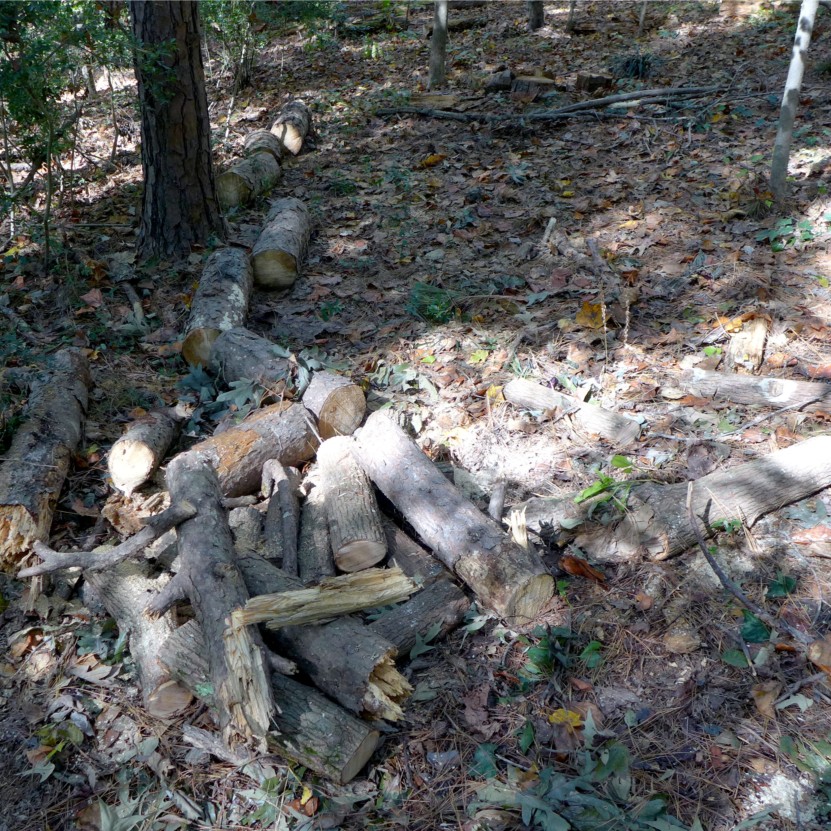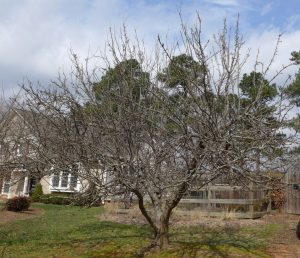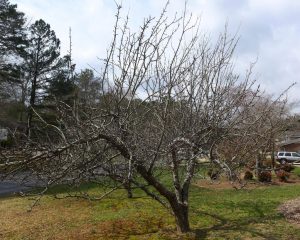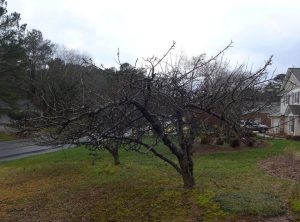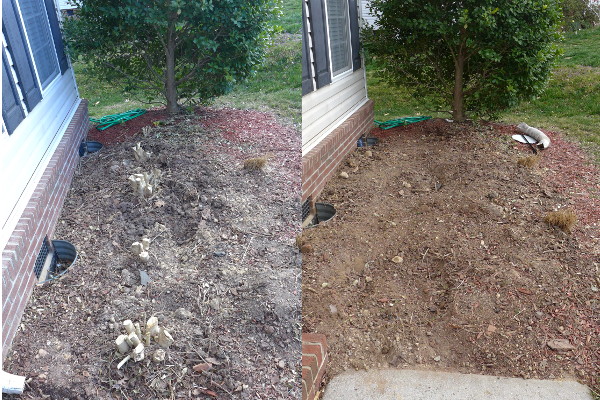Need a tree for your yard? Looking for a tree selected and planted with care? I can help you.
Total price = Tree price + Installation price
I install customer provided trees and plants for the installation price only, though I provide no warranty on customer provided trees and plants.
Tree Pricing
Trees I provide are selected from area nurseries. I personally approve the trees after observing the roots, root flare, trunk, branch spacing, and overall health of the tree. Tree pricing depends on the tree variety and size. Please contact me to get a quote for a specific variety.
Please note: Once I’ve ordered your tree, there is up to a 25% cancellation fee (based on the tree price only) for cancellations. Once I’ve received your tree, there is no cancellation on the tree and it will be delivered to your property.
Installation Pricing
| Container Size |
Installation Price, Basic |
with Sod Removal |
| <1 gal |
$7 |
$12 |
| 1 gal |
$12 |
$20 |
| 3 gal |
$30 |
$40 |
| 5 gal |
$40 |
$60 |
| 7 gal |
$60 |
$80 |
| 10 gal |
$80 |
$100 |
| 15 gal |
$100 |
$120 |
| 20 gal |
$125 |
$150 |
| 25 gal |
$150 |
$180 |
|
|
|
| Japanese Maples & drainage sensitive in heavy clay*: +50% |
Installation Service includes
- 811 called. Note: 811 only marks utilities. I cannot take responsibility for any underground systems unless they are marked. This includes (but isn’t limited to): irrigation, landscape lighting, security, septic, and water from the main to the home.
- Clear ground where plants will go. Sod removal is extra.
- Remove plant from container and remove loose bark and sand as texture of plant’s roots permits.
- Prune out damaged, encircling, and girdling roots.
- Dig a proper size hole, typically two times the container size and at depth determined by root flare. If the tree is going into or next to the spot of a removed tree, please see below under Installation Service Extras.
- Locate root flare to determine planting depth. Plant root flare 1-2 inches above ground to account for settling.
- Japanese Maples and drainage sensitive plants in heavy clay can optionally be planted 3-6″ above grade after mixing in Permatill and additional screened topsoil into native soil. This add 50% to the final price. However, experience shows that planting above grade and locating sensitive trees away from roof drainage is generally sufficient.
- Backfill with native soil and 50/50 native topsoil/compost blend.
- 2-year slow release fertilizer installed at appropriate depth and appropriate amount for container size.
- Cover with 2-3 inches of triple-shred hardwood bark mulch.
- Prune out damaged, dead, or very poorly located branches. In most cases, pruning should be limited until one full year of growth from planting.
- After-care watering instructions.
Installation Service Extras
Tree for Tree – Replacing a tree in the same spot as a removed tree. This may require additional grinding, extensive digging, removal of old tree grindings, and replacement soil. Priced on a per job basis.
Clearing – Sod removal and disposal or extensive clearing of ground for plants beyond what is needed for planting itself.
Mulching – Mulching placed beyond what is needed for the planting itself.
Staking – Staking is not usually needed, but is available.
Soil Testing – Mass planting or high value trees may benefit from site soil testing.
Design Fee – Installation prices are based on customer generally knowing what plants and where. More extensive consulting and design work is available though I generally refer customers looking for complete garden designs.
Plant Warranty
1 year covering plant and labor to re-install. Limited to one replacement of equal or lesser value. Please contact me as soon as possible if you believe a plant is not doing well or you have questions about care.
Warranty Applies To – Plants purchased by Just Small Trees, LLC. Customer supplied plants are not warrantied. The full plant warranty is offered on a job-by-job basis and on container-grown plants only. Plants installed in difficult locations, on difficult to transplant species, or on plants that typically do poorly in central-NC conditions may receive a partial warranty or no warranty. You will receive warranty information in advance.
I do not install ball-and-burlap (field grown) trees. In most cases, it is easier to start with a container grown or bare-root tree and let the tree grow to the desired size. Ball-and-burlap trees can lose up to 95% of their roots during the digging & packaging process.
Warranty Covers – Plants that decline or die despite reasonable care. Trees that are blown over in high winds will be put upright within the warranty time frame at no charge.
Warranty Does Not Cover – Damage from acts of God or extreme weather conditions, theft, 3rd party damage, improper watering, improper pruning, neglect, abuse, or animal damage.

